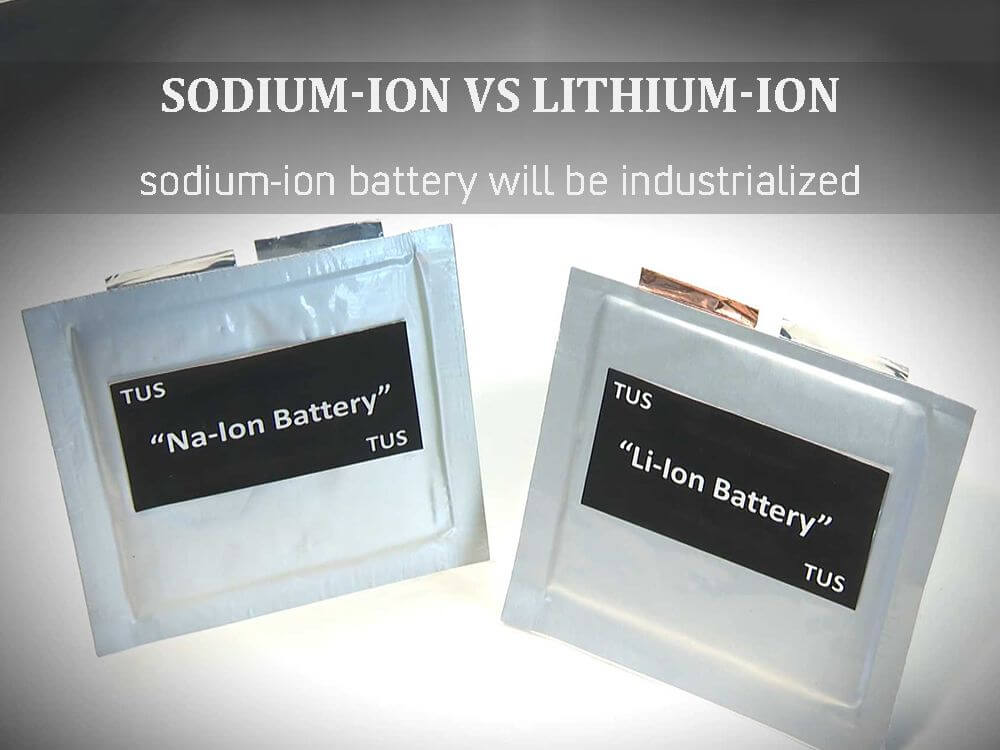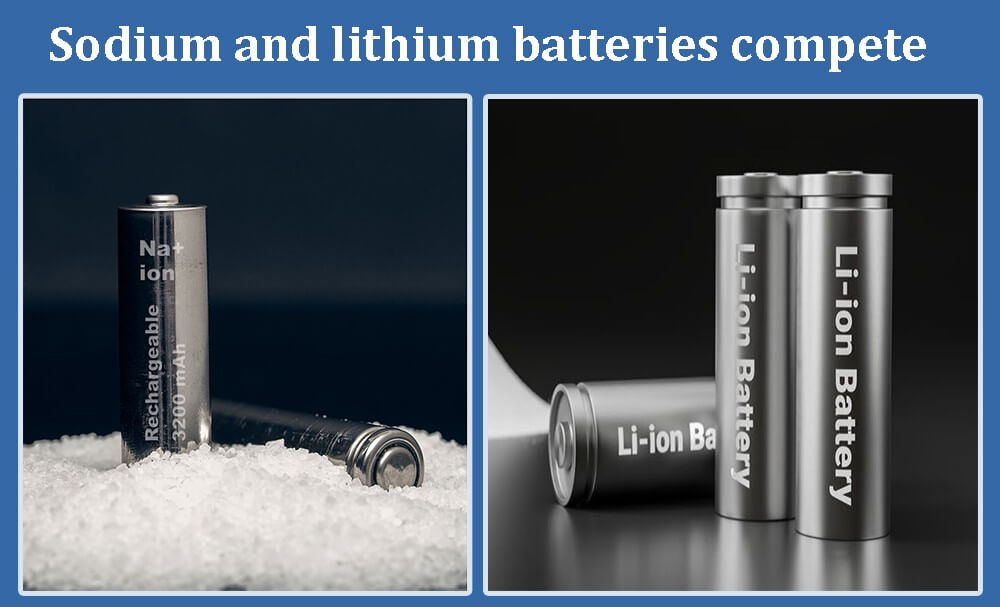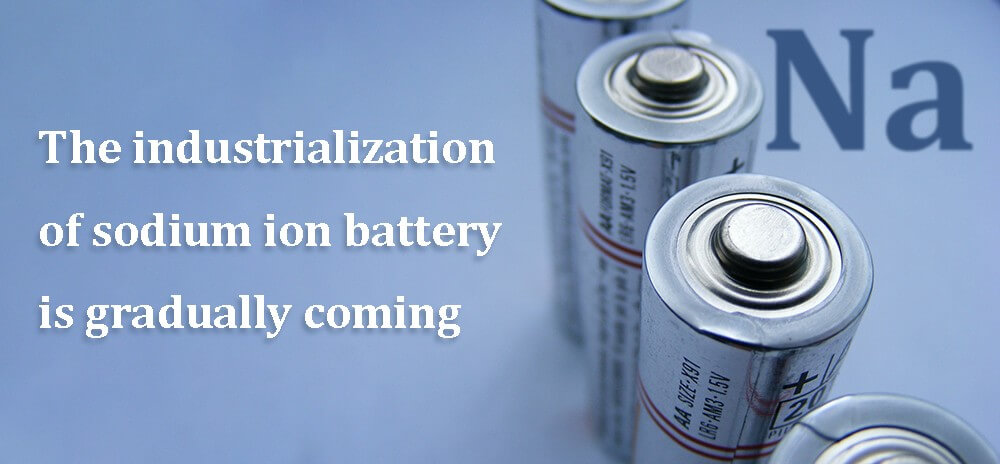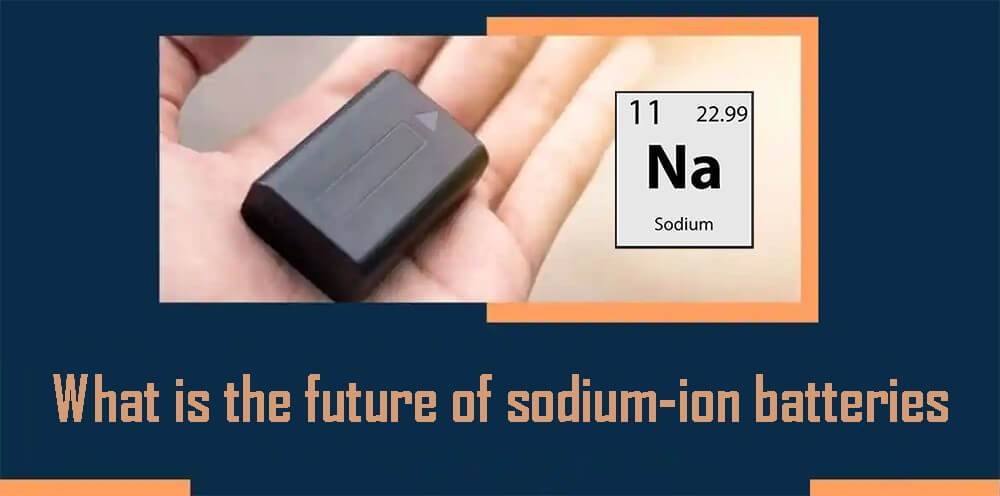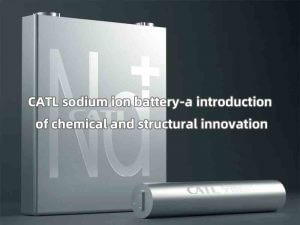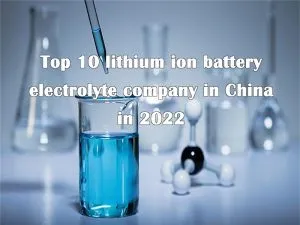Sodium-ion vs lithium - sodium-ion battery will be industrialized

Sodium and lithium batteries compete
Lithium and sodium batteries, the proximity of the two elements on the periodic table, determines their similar chemical properties. The research of the two kinds of batteries started almost at the same time, until the lithium battery became the darling of the battery industry. The first functional lithium-ion battery made by combining a soft carbon negative electrode and a lithium cobalt oxide positive electrode was first commercialized in Japan in the 1990s.
However, due to the larger radius than lithium-ion batteries, sodium-ion batteries are left behind by lithium batteries in important characteristics such as energy density and cycle life. At the same time, experts are exploring the industrialization of lithium batteries in China, which has promoted the research of lithium batteries in the domestic electric vehicle field. While lithium batteries are accelerating their commercial applications, research on sodium-ion batteries is in the ascendant, and progress is still slow.
In 2000, it was found that sodium ions have good intercalation properties in hard carbon anode materials. However, this discovery did not immediately ignite the upsurge of mass production of sodium-ion batteries. Obviously, lithium top 100 manufacturers who have not yet experienced a sharp increase in cost pressure lack the motivation to find alternative routes, and sodium batteries are silent.
After 2010, the rapid development of downstream consumer electronics, smart hardware, electric vehicles and other fields has created a huge demand for lithium batteries, and some scientists have foreseen the shortage of lithium resources. In fact, the lithium element in lithium batteries is only 0.0065% abundant in the earth’s crust, which is not even as good as nickel and cobalt elements in batteries, and most of them are distributed in the Americas. In contrast, sodium (2.75%) is much richer and reserves are more evenly distributed.
Element costs account for a large proportion of battery costs. When large-scale manufacturing continues to break the limit, resource shortages will put enormous pressure on the cost of the industry chain. Scientists hope to replace cobalt, nickel, and lithium with cheaper sodium, and at the same time can play a comparable performance, so sodium-ion batteries have returned to the field of technology commercialization.
The industrialization of sodium ion battery is gradually coming
Due to the fact that the overall performance has not yet caught up with lithium batteries, sodium batteries are currently only suitable for low-speed two-wheelers, A00-class passenger cars, and low- and medium-capacity energy storage fields. The current energy density of sodium batteries can reach 145Wh/kg, which is about three times that of lead-acid batteries. The energy density of lithium iron phosphate and ternary lithium batteries can basically reach more than 160Wh/kg.
In terms of cycle life, according to different temperature conditions, lithium iron phosphate can reach 3000-10000 times, and the cycle life of sodium ion battery is about 1000-4000 times. However, in order to promote sodium-ion batteries on a larger scale, the current performance undoubtedly needs to be improved. The reason is that these application scenarios generally have a threshold for cycle life. For example, electric vehicles require 2,000 times, and the threshold for large-scale energy storage is about 5,000 times.
The cycle stability of sodium batteries is poor, and the maximum limit value needs to be improved. In addition, large-scale promotion needs to take into account the cost. The extremely low theoretical production cost does not necessarily mean that it can be achieved. The actual manufacturing cost also depends on further reduction of large-scale production. Only when the production capacity is gradually increased to above the GWh scale, the cost advantage of sodium-ion battery materials will appear.
Although two-wheeled bicycles are inferior to A00 and energy storage in terms of technical requirements, A00 electric vehicles are easier to promote in terms of price acceptance, while two-wheeled bicycles are more sensitive to price. Lithium and sodium batteries have similar industrial chain structures, production processes, and the industrialization experience of lithium-ion batteries can be used for reference.
China has the largest lithium battery industry chain with the most complete technology, and the existing lithium-ion battery system can be used in the production of some battery materials. For example, the preparation method of electrolyte is similar to that of lithium-ion battery, the only difference is that the raw material replaces lithium carbonate with sodium salt, and the leading electrolyte companies also masters the technical reserves of sodium-ion electrolyte.
In addition, the advantages of scale and technical experience enable cross-border lithium battery manufacturers to use their industry expertise to help improve the industrial chain of sodium-ion batteries, and accelerate the construction, commissioning and climbing of production lines. Therefore, sodium ion battery manufacturers are expected to be faster in performance iteration efficiency, and can adjust and adapt to downstream needs faster after market verification. CATL is also promoting the industrialization of sodium-ion batteries in 2023.
What is the future of sodium-ion batteries?
Depending on whether the sodium-ion battery can successfully adapt to downstream needs, and embark on mass production, commercial verification is only the first step, and then it is still necessary to quickly achieve performance iterations. On the other hand, maintaining the cost advantage of lithium batteries depends on the efforts of sodium ion cost reduction, which can be seen from Transimage’s move to increase the scale of production capacity.
It is also affected by the price trend of lithium resources, that is, whether the sodium-ion battery can still maintain the cost-effectiveness advantage when the price of lithium salt goes down. HiNa BATTERY plans to further increase the energy density of sodium-ion batteries to 180-200Wh/kg, while increasing the cycle life by 8,000-10,000 times. According to the current cycle life range, sodium-ion batteries are only suitable for some low-speed electric vehicles, communication base stations, data centers and other small and medium-sized energy storage fields.
If the penetration rate in these fields can be increased to 20%-30% in the future, according to the calculation of Industrial Securities, the installed capacity of sodium-ion batteries will reach about 32.6GWh in 2025. Assuming that the penetration rate can reach 100%, according to EVTank data, the theoretical market space can reach 369.5GWh in 2026, and the market size may reach 150 billion RMB.
The process of developing sodium power just shows that, just betting on a technical route for lithium batteries, the development of new energy sources in the future may still fall into resource shortages. The advantage of sodium battery promotion is to release the supply pressure of lithium batteries for high-end power consumption scenarios, and to meet the installed capacity needs of other downstream fields with the help of low-cost advantages.

